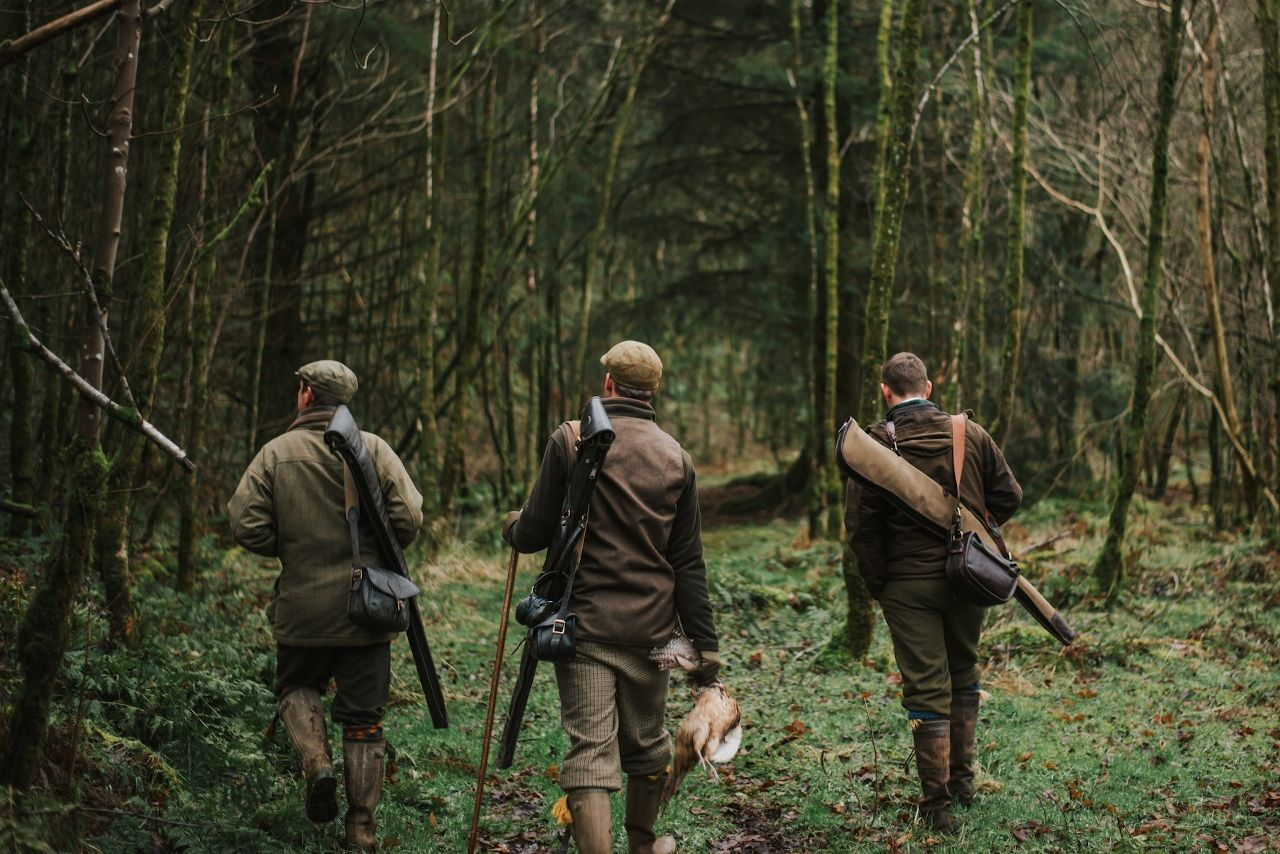Struggling With Tracking? How to Read Animal Signs More Effectively?
For hunters, wildlife photographers, and outdoor enthusiasts, tracking is both an art and a science. It’s not just about spotting a paw print in the mud—it’s about reading nature’s clues to understand where animals have been, where they’re going, and what they’re doing. If you’ve ever struggled to make sense of trails and tracks, you’re not alone. Mastering this skill takes patience, observation, and practice.
Struggling With Tracking? How to Read Animal Signs More Effectively?
Why Animal Tracking Matters?
Tracking is more than a survival skill—it’s a way to connect deeply with the natural world. By learning to interpret animal signs, you can:
-
Increase your hunting success.
-
Improve your chances of wildlife photography.
-
Stay safe by avoiding dangerous encounters.
-
Appreciate the hidden stories of the forest.
Key Animal Signs to Look For
1. Tracks and Footprints
The most obvious signs are footprints. Look at:
-
Shape and size – Can help identify the species.
-
Stride and depth – Tells you if the animal was walking calmly, running, or carrying weight.
-
Direction – Indicates where the animal was headed.
2. Scat (Droppings)
While not glamorous, scat offers valuable information:
-
Diet clues – Seeds, fur, or vegetation can reveal what the animal eats.
-
Freshness – The moisture and texture help determine how recently the animal passed through.
3. Feeding Signs
Animals leave behind chewed leaves, stripped bark, or half-eaten berries. These feeding marks help you understand habitat use and food sources.
4. Scratches and Rubs
Deer rub antlers against trees, bears leave claw marks, and smaller mammals may scratch logs. These marks are territorial signals that tell you who owns the area.
5. Nests, Burrows, and Beds
Indentations in grass, piles of leaves, or holes in the ground reveal resting and nesting places. Knowing these spots can lead you closer to the animal’s core habitat.

How to Read Signs More Effectively?
-
Slow Down – Many beginners move too fast. Take time to scan the ground, tree trunks, and underbrush.
-
Use Good Light – Early morning and late afternoon light makes subtle tracks stand out.
-
Think Like the Animal – Consider where the creature might find food, water, or shelter.
-
Practice Pattern Recognition – Over time, you’ll start connecting scattered signs into a story.
-
Carry a Field Guide or Notebook – Recording your observations helps sharpen memory and learning.
Common Mistakes to Avoid
-
Ignoring wind direction (important for hunters).
-
Confusing domestic animal tracks with wild ones.
-
Overlooking small details like broken twigs or flattened grass.
-
Relying only on footprints instead of combining multiple signs.
Final Thoughts
Tracking is about observation, patience, and awareness. The more time you spend outdoors, the better you’ll become at piecing together nature’s puzzle. Instead of just walking through the woods, you’ll begin to read it like a book—each track, scat, and scratch a line in a much bigger story.
With consistent practice, tracking will stop feeling overwhelming and start becoming second nature.























